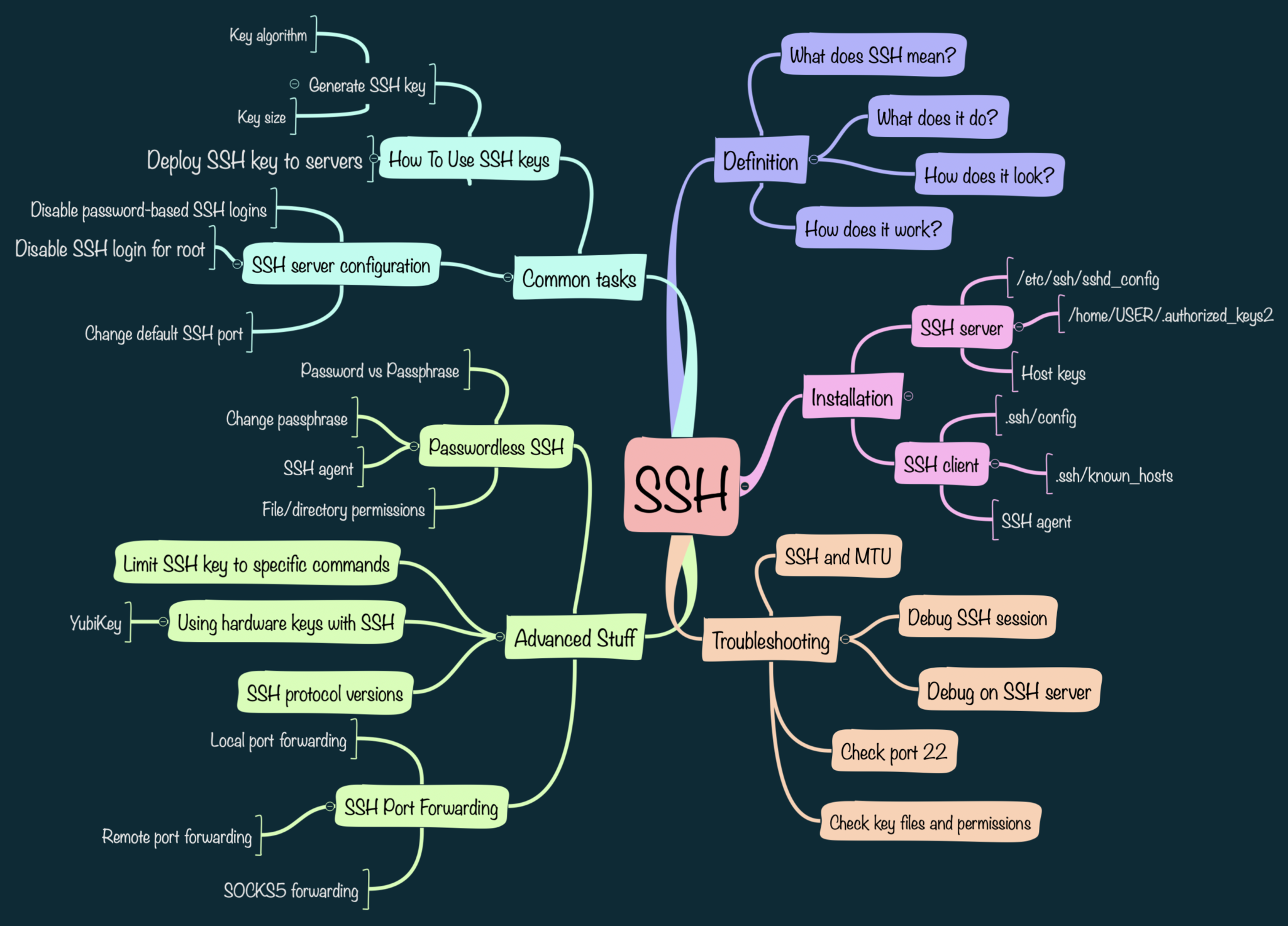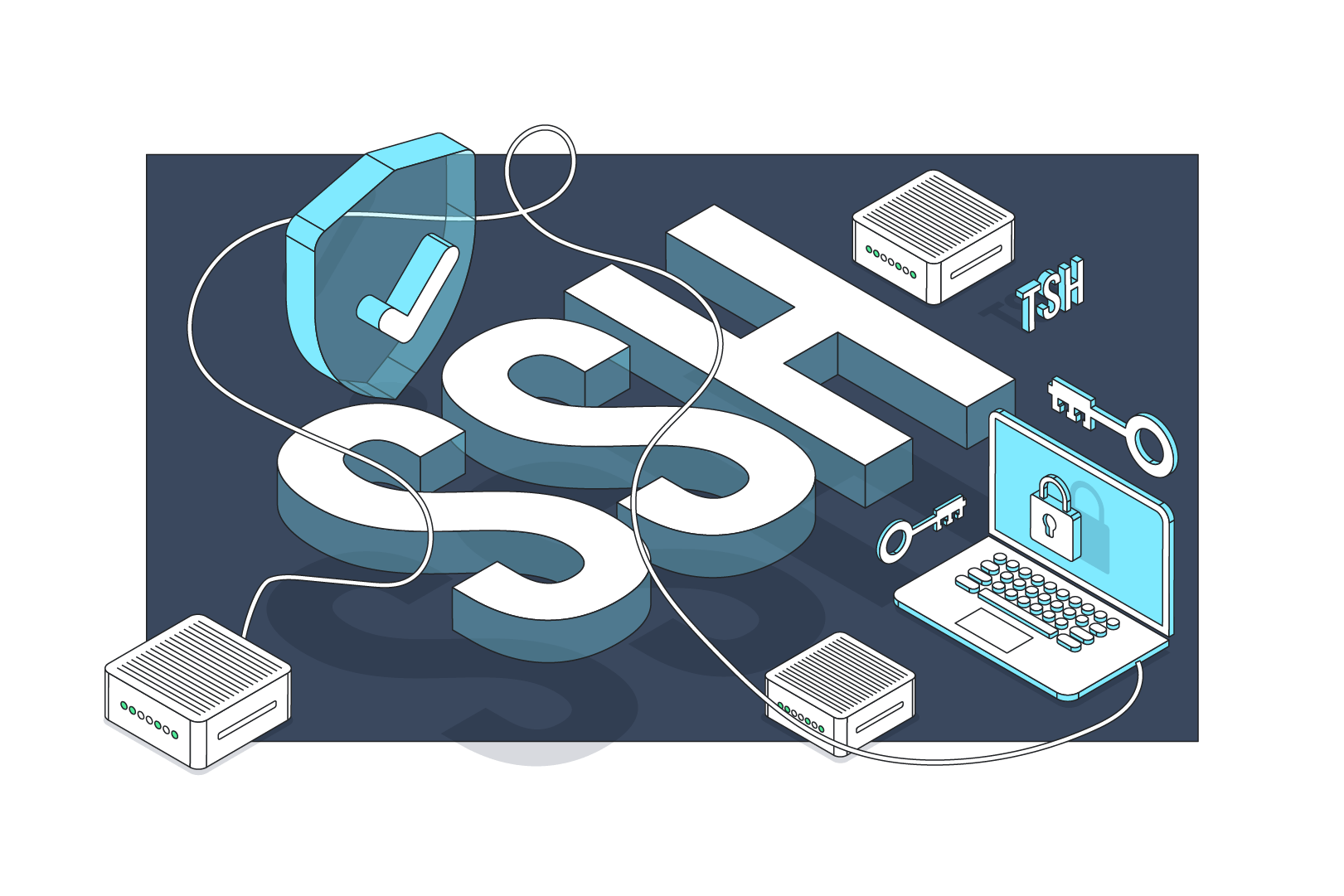Mastering RemoteIoT Web SSH Server Tutorial: Your Ultimate Guide
Are you tired of dealing with complicated SSH setups? Well, buckle up because we’re diving deep into the world of remoteIoT web SSH server tutorial! If you’ve ever wondered how to set up a secure remote connection for your IoT devices using a web-based SSH server, you’re in the right place. This isn’t just another tech article—it’s your go-to guide for unlocking the full potential of your IoT projects without breaking a sweat.
Imagine being able to control your IoT devices from anywhere in the world with just a browser. Sounds futuristic, right? But here’s the kicker—it’s actually pretty simple once you get the hang of it. In this tutorial, we’ll walk you through everything you need to know about setting up a remoteIoT web SSH server, step by step, so even if you’re a beginner, you’ll feel like a pro in no time.
Now, before we dive into the nitty-gritty details, let’s talk about why this matters. IoT is booming, and more and more devices are being connected to the internet every day. But with great power comes great responsibility, and securing those connections is crucial. That’s where remoteIoT web SSH servers come in, offering a secure and efficient way to manage your devices remotely.
- Vivi2freaky Leaks The Untold Story Behind The Viral Sensation
- Whatrsquos The Deal With Fikfap Porn Unveiling The Truth Behind The Hype
What is a RemoteIoT Web SSH Server Anyway?
Let’s start with the basics. A remoteIoT web SSH server is essentially a web-based interface that allows you to access and control your IoT devices securely over the internet using the SSH protocol. Instead of relying on traditional SSH clients, you can simply open your browser and connect to your devices from anywhere, anytime.
Here’s why it’s awesome:
- No need to install bulky software on your computer
- Accessible from any device with a browser
- Highly secure thanks to SSH encryption
- Perfect for managing multiple IoT devices
And guess what? Setting it up isn’t as hard as it sounds. Stick around, and we’ll show you exactly how to do it.
- Truett Hanes Height And Weight A Comprehensive Guide
- Brooke Monk Nudes The Truth Behind The Viral Sensation
Why Should You Use a Web-Based SSH Server for IoT?
Let’s face it—IoT devices are everywhere. From smart homes to industrial applications, the possibilities are endless. But managing all those devices can be a challenge, especially if you’re not physically present. That’s where a web-based SSH server comes in handy.
Here are some compelling reasons to use one:
- Convenience: Access your devices from anywhere without needing special software.
- Security: SSH provides strong encryption, ensuring your data stays safe.
- Scalability: Manage multiple devices easily with a centralized interface.
- Cost-Effective: No need to invest in expensive hardware or software solutions.
So, whether you’re a hobbyist working on a personal project or a professional managing a fleet of IoT devices, a remoteIoT web SSH server can simplify your life.
Setting Up Your RemoteIoT Web SSH Server: Step-by-Step
Alright, let’s get our hands dirty! Here’s a step-by-step guide to setting up your very own remoteIoT web SSH server:
Step 1: Choose the Right Hardware and Software
Before you start, make sure you have the right tools. For most IoT projects, a Raspberry Pi or similar single-board computer will do the trick. As for software, there are several options available, but we recommend using something like WebSSH or webssh2.
Pro tip: Always check compatibility with your specific IoT devices to avoid headaches later on.
Step 2: Install the Necessary Software
Once you’ve got your hardware ready, it’s time to install the software. Here’s how:
- Download the appropriate software for your operating system.
- Follow the installation instructions carefully.
- Configure the settings to match your network environment.
Don’t worry if it seems overwhelming at first—most software comes with detailed documentation to guide you through the process.
Step 3: Configure Your SSH Server
Now that your software is installed, it’s time to configure your SSH server. This involves setting up things like:
- Port forwarding on your router
- Firewall rules to allow SSH traffic
- User authentication (passwords, keys, etc.)
Security is key here, so take your time and make sure everything is set up properly.
Security Best Practices for RemoteIoT Web SSH Servers
Security should always be your top priority when setting up a remoteIoT web SSH server. Here are some best practices to keep your devices safe:
- Use strong, unique passwords for each user account.
- Enable two-factor authentication (2FA) whenever possible.
- Regularly update your software and firmware to patch vulnerabilities.
- Monitor your server logs for suspicious activity.
Remember, even the most secure setup can be compromised if you’re not vigilant. Stay proactive and keep your systems up to date.
Common Challenges and How to Overcome Them
Setting up a remoteIoT web SSH server isn’t always smooth sailing. Here are some common challenges you might face and how to overcome them:
Challenge 1: Connectivity Issues
If you’re having trouble connecting to your server, double-check your network settings. Make sure port forwarding is configured correctly and that your firewall rules allow SSH traffic.
Challenge 2: Security Concerns
Feeling uneasy about exposing your devices to the internet? Consider using a virtual private network (VPN) to add an extra layer of security.
Challenge 3: Performance Problems
Slow connections can be frustrating. Try optimizing your server settings or upgrading your hardware if necessary.
With a little troubleshooting, you’ll be back up and running in no time.
Real-World Applications of RemoteIoT Web SSH Servers
Now that you know how to set up a remoteIoT web SSH server, let’s explore some real-world applications:
- Smart Home Automation: Control your smart home devices from anywhere.
- Industrial IoT: Monitor and manage industrial equipment remotely.
- Environmental Monitoring: Collect and analyze data from remote sensors.
- Healthcare IoT: Enable remote monitoring of medical devices.
The possibilities are endless, and with a web-based SSH server, the sky’s the limit.
Advanced Tips and Tricks
Ready to take your remoteIoT web SSH server to the next level? Here are some advanced tips and tricks:
- Set up automated backups to protect your data.
- Use scripts to automate repetitive tasks.
- Integrate with other tools and platforms for enhanced functionality.
With a little creativity, you can turn your SSH server into a powerful tool for managing your IoT ecosystem.
Conclusion: Your Journey to Mastering RemoteIoT Web SSH Servers
And there you have it—your ultimate guide to mastering remoteIoT web SSH servers! From setting up your server to securing your connections and exploring real-world applications, we’ve covered it all.
So, what are you waiting for? Take the first step today and start unlocking the full potential of your IoT projects. And don’t forget to share your experiences and tips in the comments below—we’d love to hear from you!
Until next time, keep building, keep learning, and keep innovating. The future of IoT is in your hands!
Table of Contents
- What is a RemoteIoT Web SSH Server Anyway?
- Why Should You Use a Web-Based SSH Server for IoT?
- Setting Up Your RemoteIoT Web SSH Server: Step-by-Step
- Security Best Practices for RemoteIoT Web SSH Servers
- Common Challenges and How to Overcome Them
- Real-World Applications of RemoteIoT Web SSH Servers
- Advanced Tips and Tricks
- Conclusion
- Alice Rosenbaum Leak The Untold Story And What You Need To Know
- Discover The Truth Behind Diva Flawless Real Name Ndash The Story Yoursquove Been Waiting For

RemoteIoT Web SSH Server Tutorial A Comprehensive Guide

RemoteIoT Web SSH Tutorial Your Ultimate Guide To Secure Remote Access

Mastering RemoteIoT Web SSH Raspberry Pi Download Your Ultimate Guide